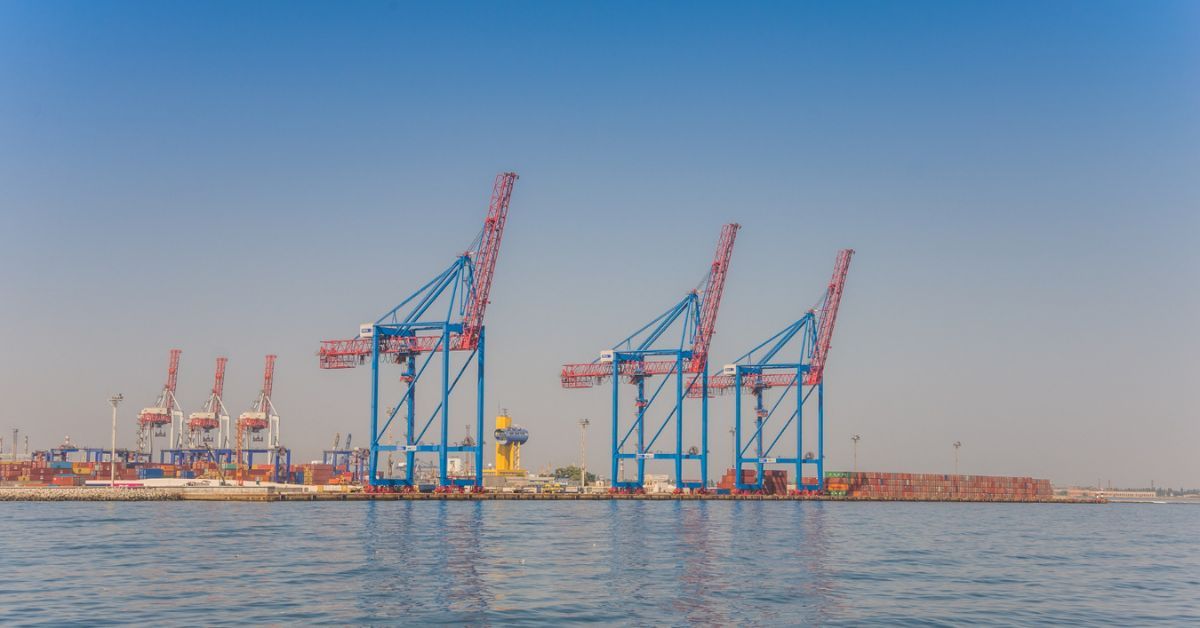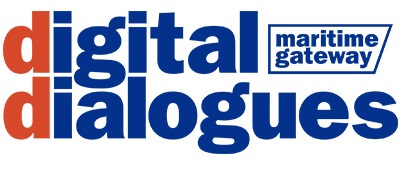Union finance minister Nirmala Sitharaman announced a Rs 25,000-crore Martine Development Fund (MDF) in the Union Budget 2025-26. The fund will provide long-term and low-cost financial support for Indigenous shipbuilding and other blue water infrastructure projects, said the finance minister while presenting her eighth consecutive budget in the Parliament.
The Union ports, shipping, and waterways ministry will organize investor meets and roadshows in the US, Europe, and key Asian markets to attract pension and sovereign wealth funds to participate in the fund. The fund aims to provide various forms of financial support, including debt, equity, viability gap funding (VGF), and buyer credit.
Gayomard Driver, Executive Director & Group Chief Financial Officer Jeena and Company, said: “The Union Budget 2025-26 reaffirms the government’s commitment to infrastructure development, taking it to new heights. We welcome this focus, particularly on strengthening logistics through enhanced infrastructure, digital transformation, and supportive policies, which will be a game changer for India’s supply chain ecosystem.”
MDF will be similar to the country’s youngest development financial institution, the National Bank for Financing Infrastructure and Development (NaBFID), which was established in 2021, but it will focus exclusively on the maritime sector.
In fact, an earlier proposal was to set up the MDF as a dedicated vertical under the NaBFID, but given the specialized nature of funding and the need to provide large-scale funding to the sector, a dedicated fund or entity was considered the best option.
The main focus of the new entity would be to promote the manufacturing of ships of all make and sizes and make the country a global hub for manufacturing. India spends close to $75 billion annually on leasing ships from outside. Also, India owns just about 2% of the world’s total tonnage and has some 1,500 odd ships under its flag. With regard to shipbuilding, India currently has less than 1% share of the global market, which is dominated by China, South Korea and Japan.
The fund is expected to meet the long-term funding required for building shipbuilding infrastructure in the country. Cheaper funds available through the proposed new entity, supported by long-term funds available through multilateral agencies and global funds, would help establish a competitive industry in the country.
Apart from promoting domestic manufacturing, the MDF would also promote the development of cruise tourism in the country with the creation of requisite infrastructure and support activities like mechanization and capacity expansion of existing ports through public-private partnerships, dredging activities, development of inland waterway systems and coastal shipping.
The initial plan for the fund is to have a corpus of Rs 25,000 crore spread over a seven-year period. It is proposed that the fund would explore giving out long-term loans extending beyond 10-year period to 15-25 years to enable the credit period to be in line with the life of a vessel that is around 30 years.
It would also consider tax sops that similar funds in countries such as Norway, Korea, Japan extend for ship leasing, to domestic ship lessors and ship management companies.
Dhruv Taneja, Founder and CEO, MatchLog Solutions said: “The Union Budget 2025 takes necessary steps toward strengthening India’s logistics and maritime sectors, but execution will determine its real impact. Expanding shipbuilding capacity and setting up a Rs 25,000 crore Maritime Development Fund are important, but without solving inefficiencies in container movement, intermodal logistics, and supply chain integration, infrastructure growth alone won’t drive meaningful progress. Reducing empty miles, improving cargo transitions, and integrating digital freight solutions must be a priority to make these investments effective.”
Apart from MDF Budget has proposed several key reforms for maritime growth in India including, Shipbuilding Financial Assistance Policy (SBFAP) will be revamped to address cost disadvantages including credit notes for ship breaking Indian yards, large ships above certain size to be incorporated in infrastructure category, ship building clusters will be facilitated with additional infra, and FDI limit for insurance sector raised from 74% to 100% (only for companies utilise entire premium in India).
Sitharaman said that the exemption from Basic Customs Duty (BCD) on raw materials, components, consumables or parts used in the manufacture of ships and for shipbreaking will be extended for a further ten years from April 1, 2025.
The MDF will have up to 49% contribution by the government and the balance will be mobilised from (state-owned) ports and from the private sector. The shipbuilding financial assistance scheme will be revamped to address cost disadvantages.
Sitharaman said that the tonnage tax scheme currently applicable to sea-going ships will be extended to inland vessels registered under the Indian Vessels Act, 2021 to promote inland water transport in the country. Tonnage tax is a levy based on the cargo carrying capacity of ships compared to corporate tax.
Under the proposed ship recycling credit note scheme, a credit note equivalent to 40 percent of the scrap value of a ship being dismantled in an Indian ship breaking yard would be given to a fleet owner – both Indian and global – with the credit note being reimbursable against the cost of construction of new vessel at an Indian yard.
According to the proposed shipbuilding financial assistance scheme 2.0, shipyards will get 20 percent extra as subsidy on the cost of constructing a normal ship, 25 per cent as subsidy for building special category vessels including oil, gas, chemical tankers and container ships and 30 per cent subsidy for green vessels and other vessels with futuristic technology.
The rate of subsidy will be fixed for the duration of the scheme that will run through March 2035 with possible extension up to 2047 to give “long term visibility” to the yards while booking orders.
The budget will boost the PM Gati Shakti national multi-modal connectivity plan with better digital infrastructure including geospatial land records, improved air cargo facilities and other upgrades like Bharat Trade Net platform to streamline trade documents.
“We welcome the government’s announcement of providing PM Gati Shakti data accessible to the private players, thus opening doors for improved collaboration and efficiency in infrastructure projects. This is poised to accelerate infrastructure growth across the country, streamlining the movement of goods and strengthening logistics efficiency’ said Ketan Kulkarni, Managing Director, Gati Express and Supply Chain Limited (Allcargo Gati Ltd.)
Finance Minister Nirmala Sitharaman in her budget presentation announced her intention to transform Indian post as a “large public logistics organisation”. She elaborated that the measure would facilitate serving the needs of women, entrepreneurs, large business organisation, vishwakarmas, self-help groups as well as large business organisations.
“The transformation of India Post’s 1.5 lakh rural post offices, backed by a 2.4 lakh-strong workforce, marks a historic shift in Bharat’s logistics and economic landscape. This initiative will bridge the urban-rural divide, ensuring seamless access to financial, digital, and logistical services in tier 2 and 3 cities. With public-private partnerships and digitization at its core, eCommerce will extend beyond urban centers, empowering local businesses, artisans, and entrepreneurs” said Saahil Goel – MD & CEO, Shiprocket.







